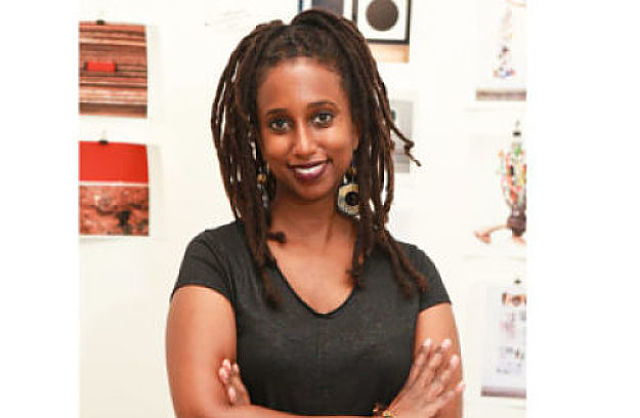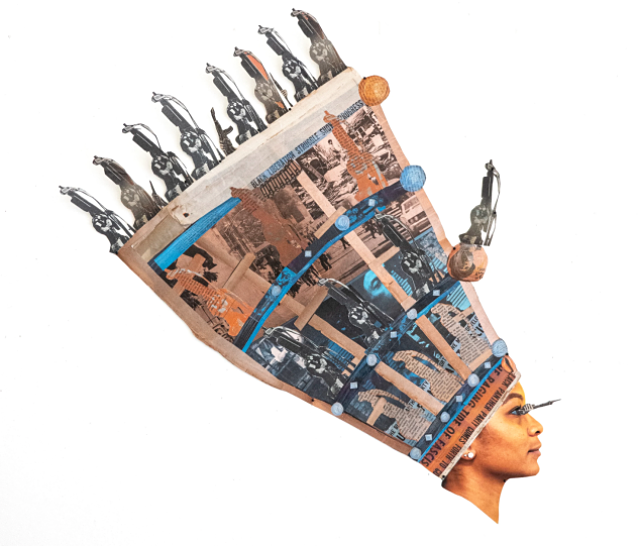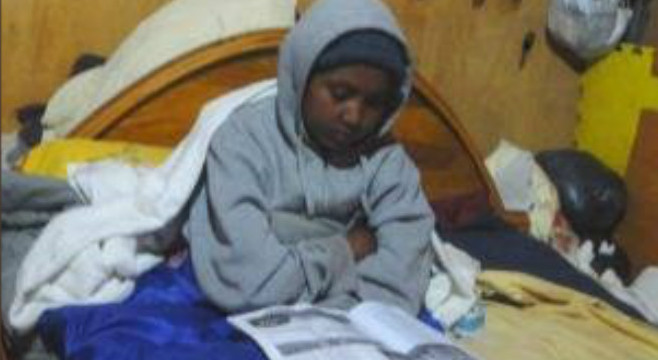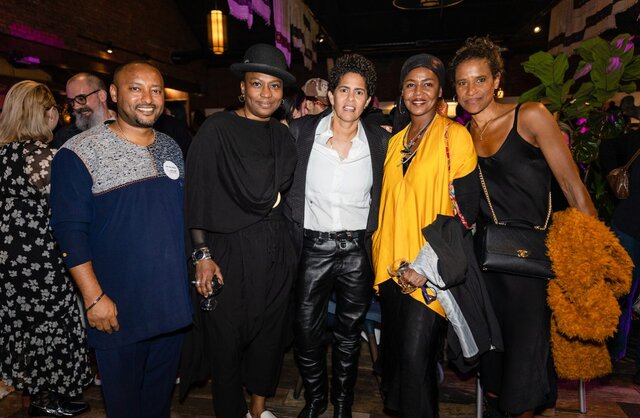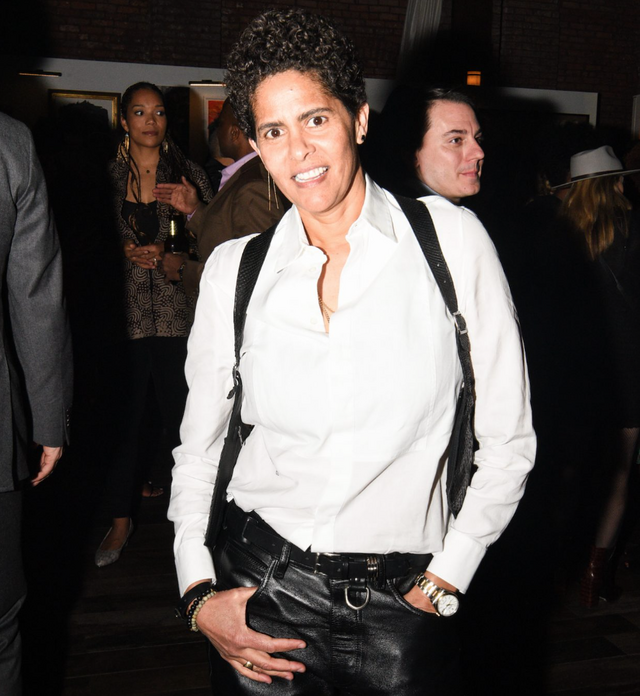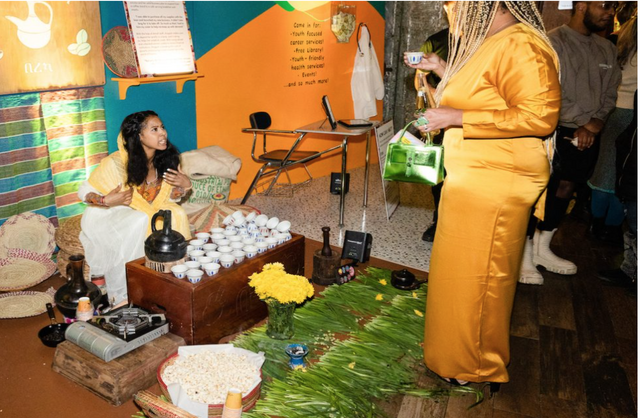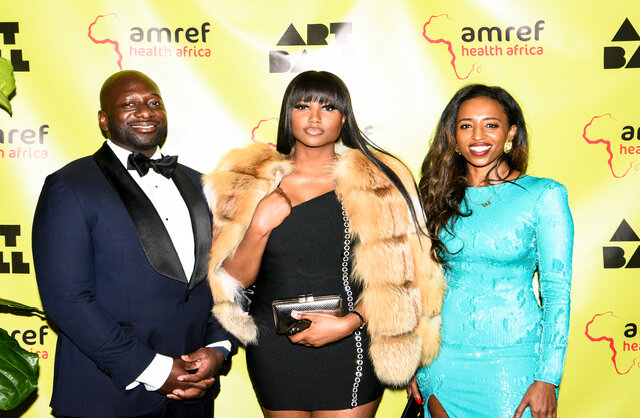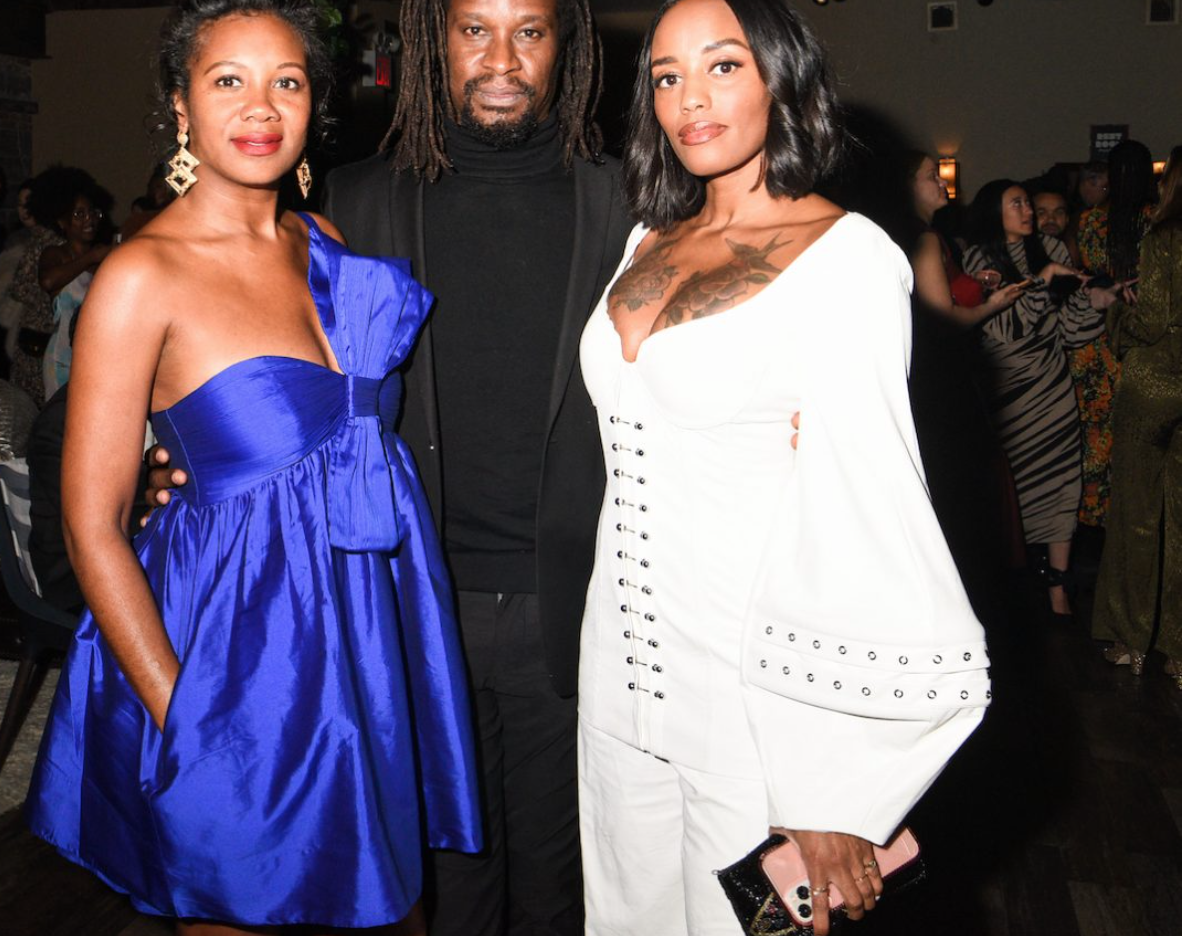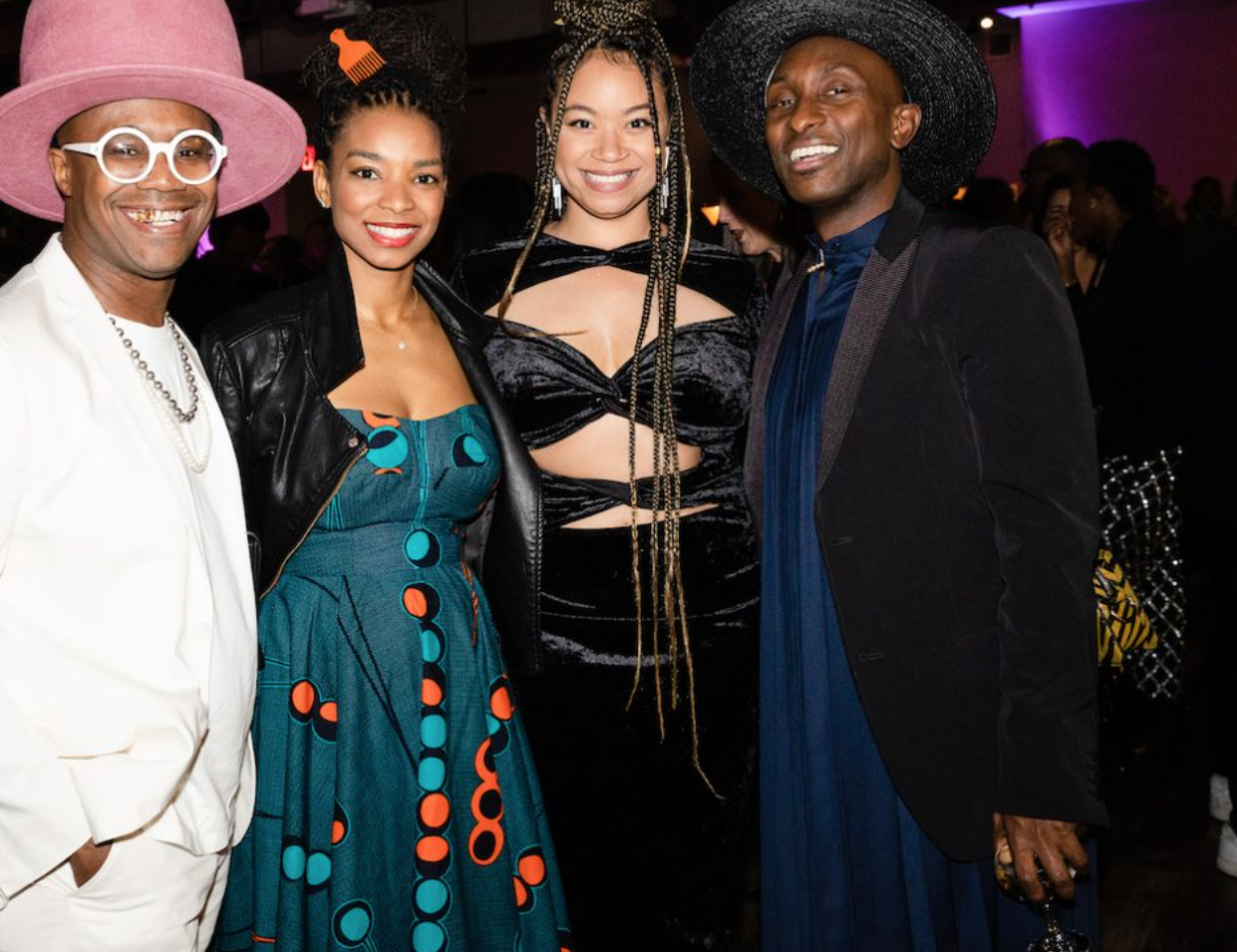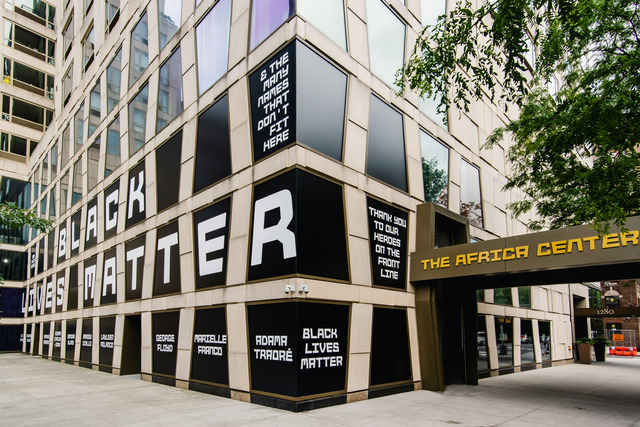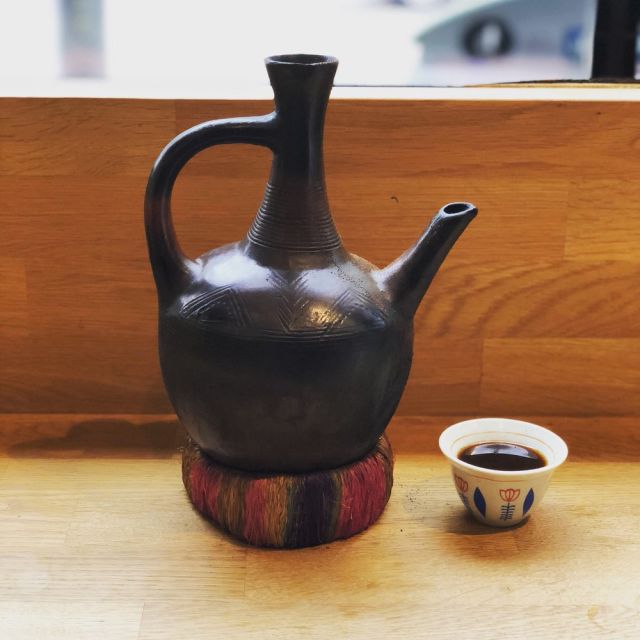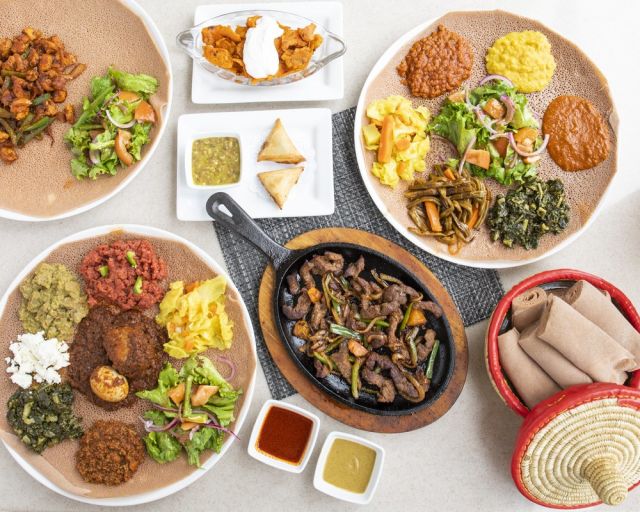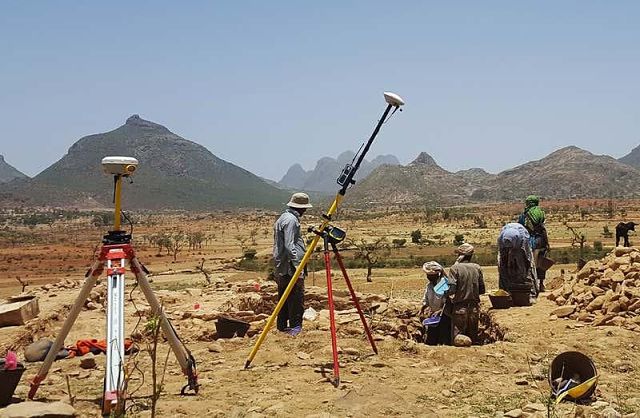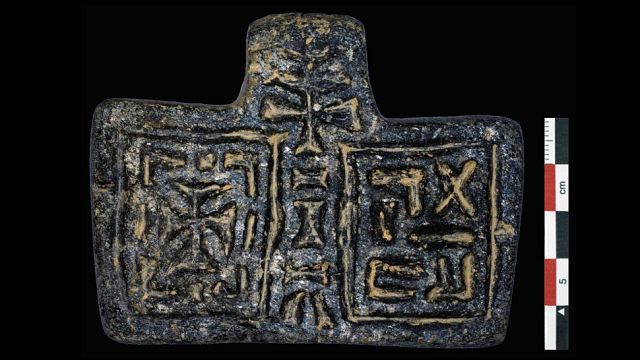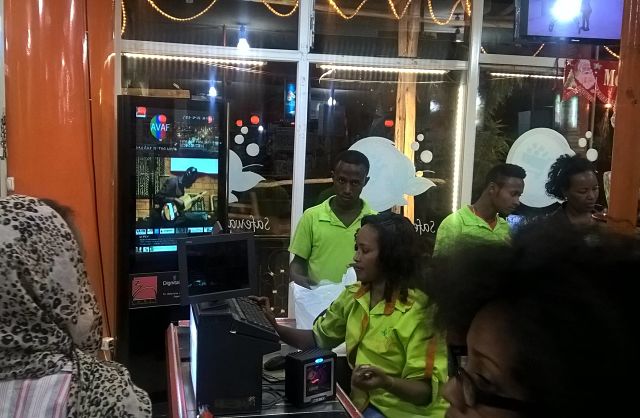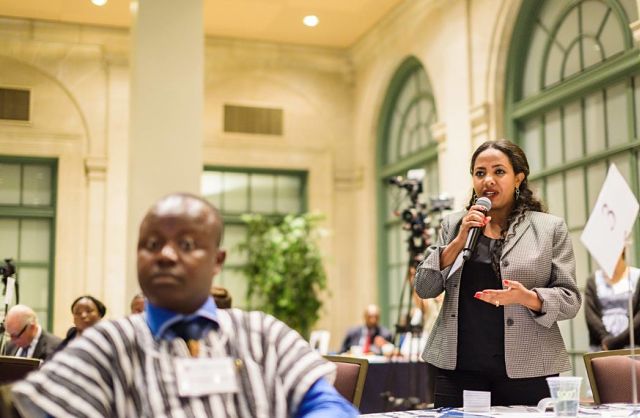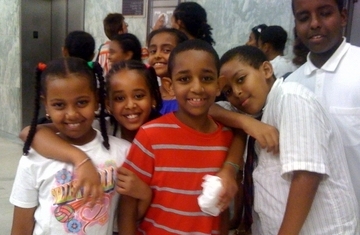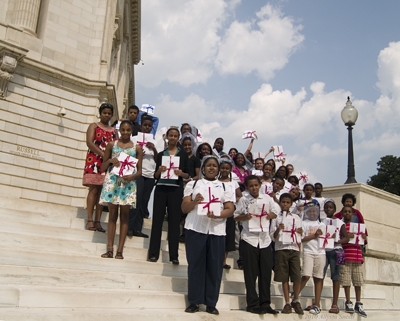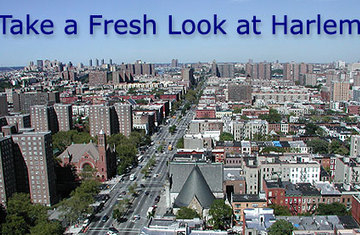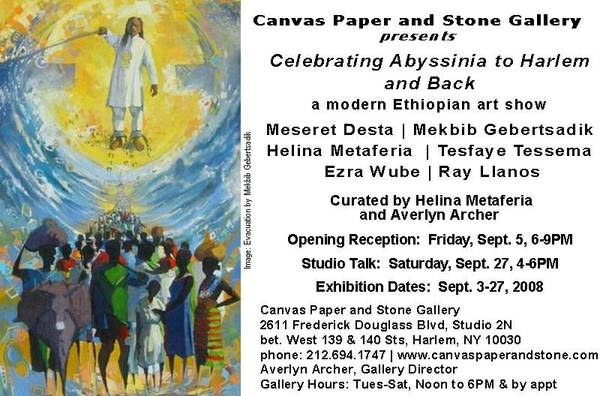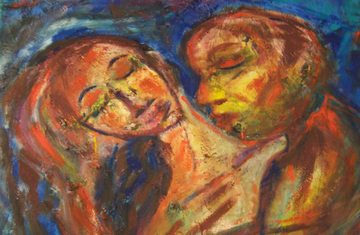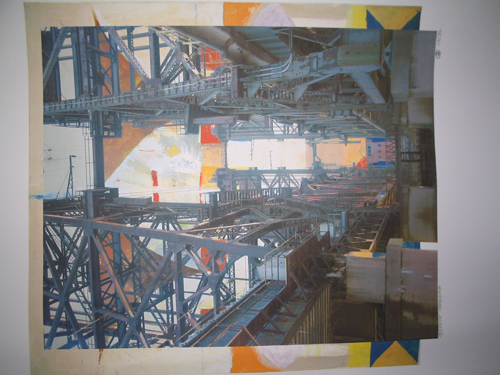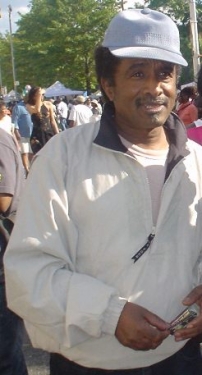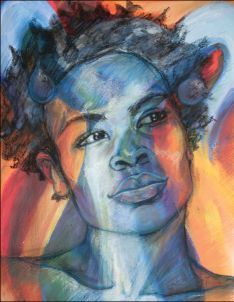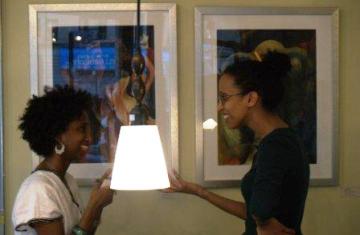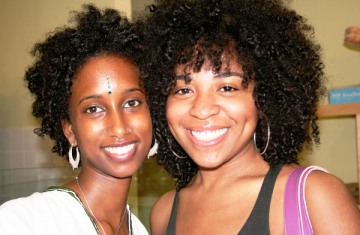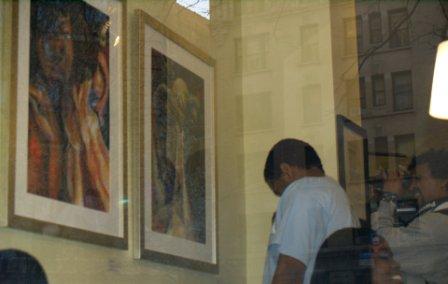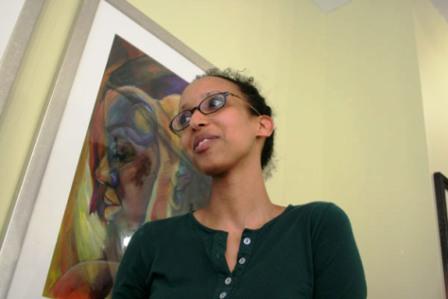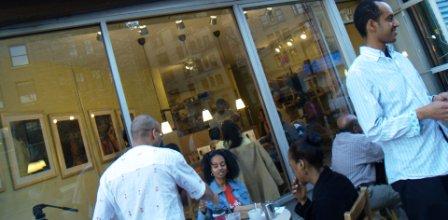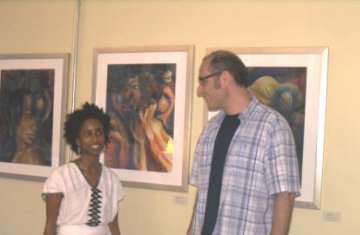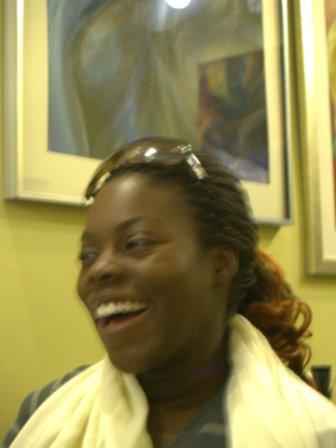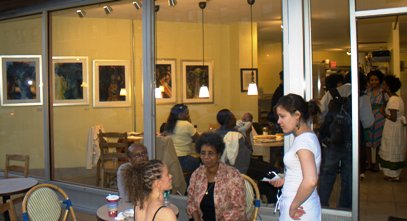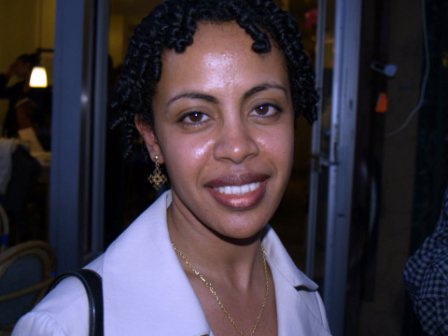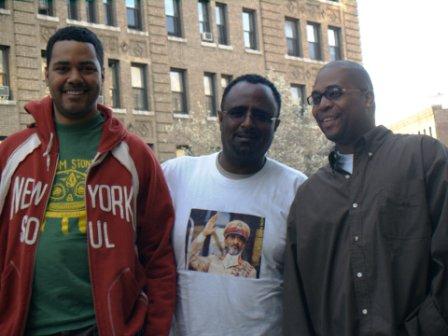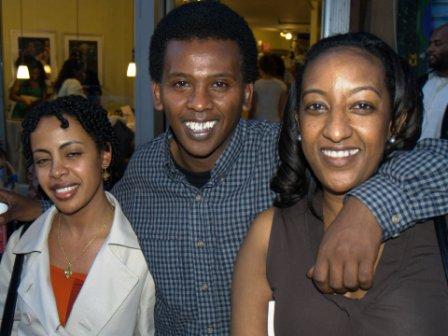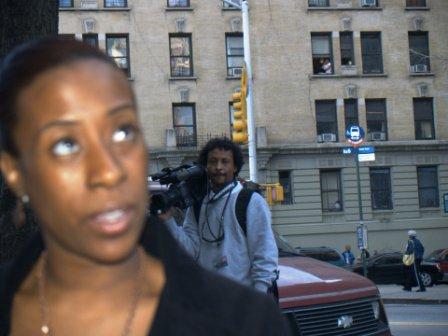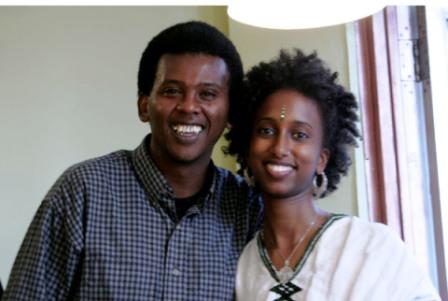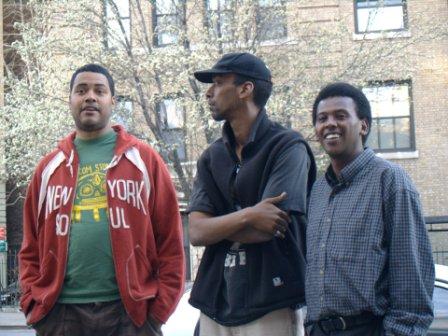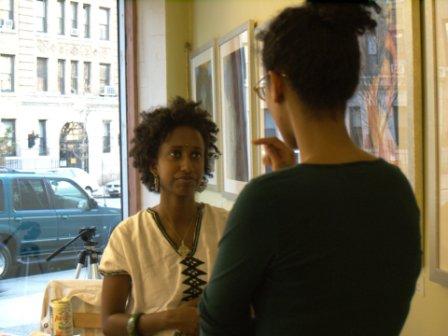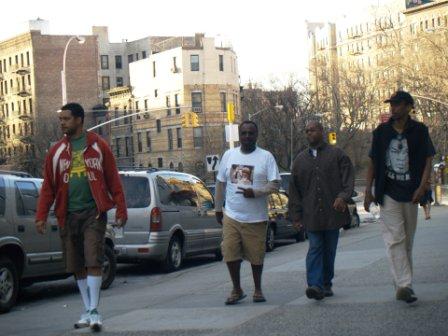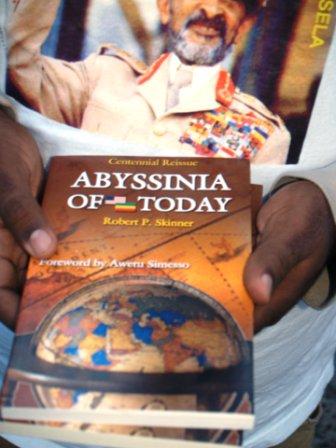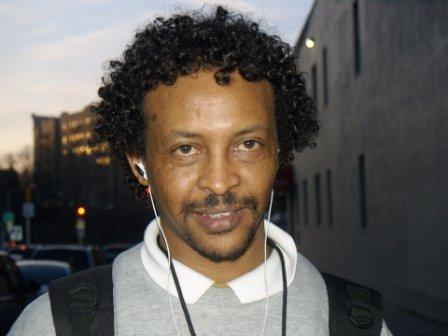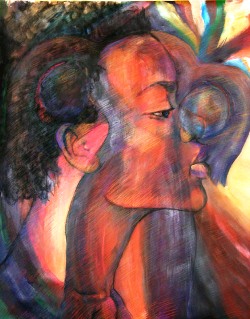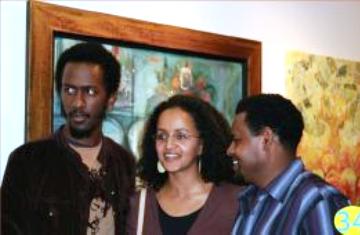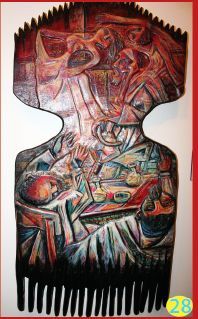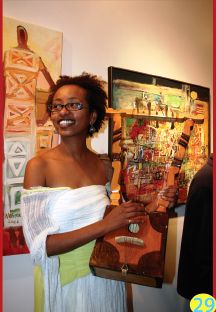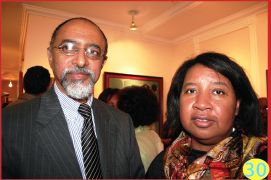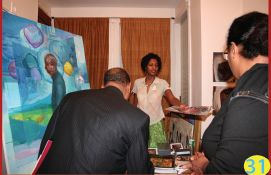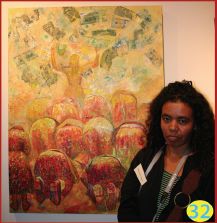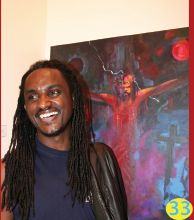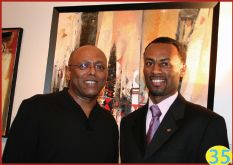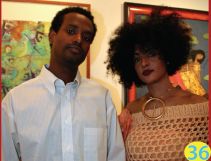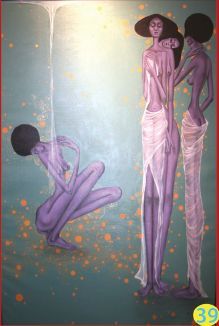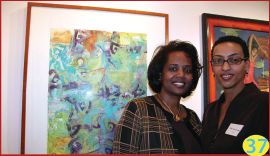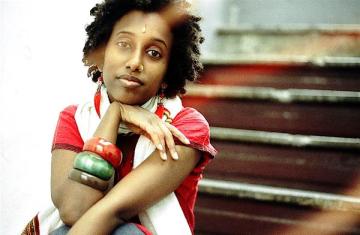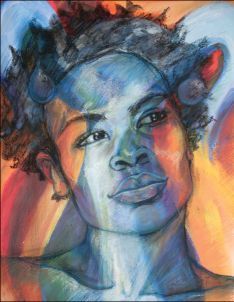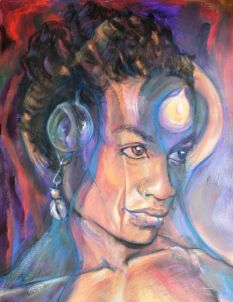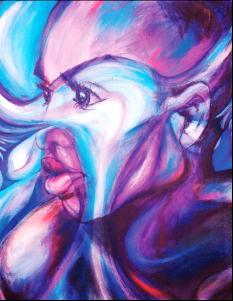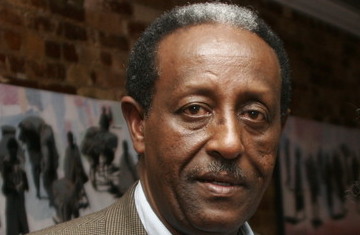
By Tadias Staff
Above photo by Jeffrey Phipps for Tadias Magazine
Published: Tuesday, December 9, 2008
New York (Tadias) – We recently spoke with Yohannes Gebregeorgis, one of the Top Ten CNN Heroes of 2008. He was recognized for his remarkable efforts to bring free public libraries and literacy programs to thousands of children in Ethiopia, including the country’s first Donkey Mobile Library. Mr. Gebregeorgis, 59, was born in Ethiopia and came to the United States as a political refugee in 1981. He eventually put himself through college, earning a graduate degree in library science and worked as a librarian in San Francisco for nearly two decades before embarking on his current project.
Here is our interview with Yohannes Gebregeorgis:

Yohannes Gebregeorgis
Tadias: Yohannes, congratulations for being selected as one of CNN’s Top 10 Heroes of 2008!
Yohannes Gebregeorgis: Thank you. I appreciate Tadias Magazine for consistently covering Ethiopia Reads and making it possible for a lot of Ethiopians and other people to know our work. It’s very helpful when media like Tadias give coverage to such works. Thank you again.
Tadias: CNN’s Anderson Cooper said: “Our Top 10 CNN Heroes are proof that you don’t need superpowers — or millions of dollar, — to change the world and even save lives.” Please tell us about your organization, Ethiopia Reads, and your efforts that led to this recognition.
YG: It’s very true that one doesn’t have to be a superpower or a millionaire to change the world. Even though Ethiopia is not a super power, we know that there are millionaires in Ethiopia. However, they are not using their wealth to make an effective change or to save lives. I think the recognition that Ethiopia Reads has received is primarily for the recognition of the importance of literacy to the development of a country’s future; for it’s power to change individuals and society. What we’ve accomplished in the last six years is a drop in the ocean compared to the need. It’s a good beginning that needs to be kept alive and going until we cover all regions of Ethiopia. We’ve established two free public libraries for children and youth; one in Addis and one in Awassa. We’ve established one donkey mobile library and adding three more by January 2009. We’ve established 16 school libraries and adding another 18 in the next 6 months to one year. We’ve published 8 children’s books and distributed over 30,000 books freely to children with another 75,000 to be distributed freely in the next six months to a year.
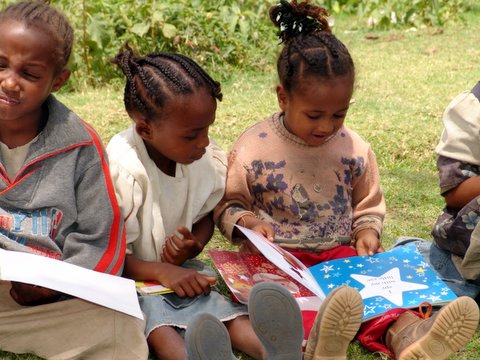
Children reading in Awassa, Ethiopia.
We have over 100,000 children that make a visit to all our libraries; We’ve instituted an annual Ethiopian Children’s Book Week, a children’s book award – the Golden Kuraz Award, we’ve provided basic library and literacy training to about 120 teachers and assistant librarians, we’ve taken thousands of children on a march to parliament, and in our annual Book-A-Thon, we’ve made it into the local news media many times advocating reading and literacy. We’ve been widely featured in international media. We’ve created a solid foundation from where we can launch massive campaigns to cover all of Ethiopia given that we have the resources.
Tadias: Among your projects that has received the most press attention is Ethiopia’s first Donkey Mobile Library. What inspired you to come up with this creative concept?
YG: The Donkey Mobile Library was conceived because of the need to reach out to children in rural communities.. The idea of portable and mobile libraries existed in other countries. For example, there is a boat library in Colombia, south America, a camel library in Northern Kenya, a bicycle library and other forms of book delivery methods. The donkey mobile library is similar to a book mobile, a bus that carries books to different communities in developed countries. I’ve seen a donkey pulled satellite station in Zimbabwe several years ago and that has given me the idea of the donkey mobile library. I designed the whole donkey mobile cart with the shelves and storage areas. A very experienced Ethiopian metal engineer built the units from sketches and guidance I gave him. An artist made the necessary logos and designs on the cart and it turned out to be the best.
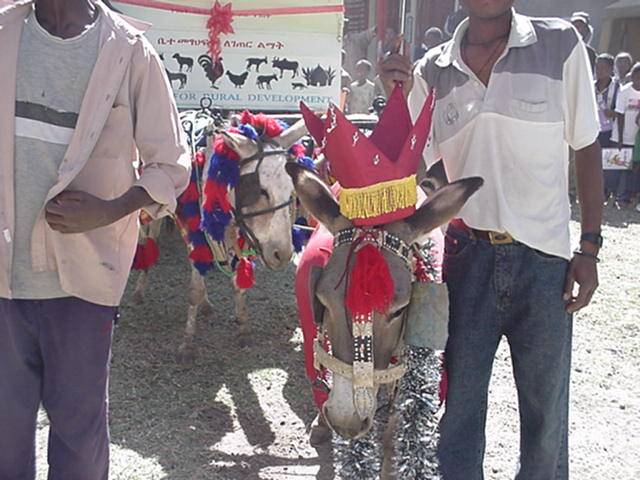
Donkey pulls mobile library.
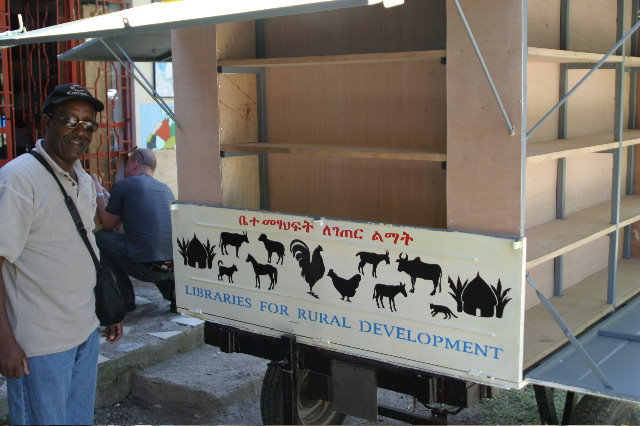
Yohannes with the donkey mobile library.
Tadias: Can you share with us an anecdote describing some of the experiences children had when they first visited one of your libraries? How did it change his or her life?
YG: When we first opened our first library in Addis Ababa and the Donkey Mobile Library in Awassa, we noticed several children who were holding books upside down. This children had never held a book before. One of these children, who was nine years old at the time is now a Star Reader, one of many children who are chosen annually for their reading skills and for reading out loud to other children. We select 12 Star Readers from thousands of children who come to our library annually. Robel has visited the library everyday since he first came six years ago. He’s participated in every program that we offer at the library such as English lessons, theater, art and crafts and the sanitation program. Robel is also doing very well in his school as his grades have improved significantly.There are others like Robel who are part of the library family as we’ve known them for as long as the library’s existence.
Tadias: Eighteen years ago, you gave Mammo Qilo (the popular Ethiopian children’s story) its American debut. You are the author of “Silly Mammo”, which was the first bilingual Amharic-English children’s book. Why Mammo Qilo?
YG: I’m so glad that Kilu Mammo has become famous in America! When I first thought about producing a book for Ethiopian children, Kilu Mammo was the only story that came to mind which appealed to me. Many Ethiopians remember the story from their childhood as I did. It’s a very simple but nice story. Children like silly stories to begin with and Mamo Kilu amuses not only children but also adults.
Tadias: We understand that you hold a graduate degree in library science and you served as Children’s Librarian at the San Francisco Children’s Library. How big, would you say, is the pool of trained librarians in Ethiopia that can assist with new library projects?
YG: There aren’t many Ethiopians who have a library training. There is no institution that has a training program as the Addis Ababa University folded its library science program some five or so years ago.I don’t think Ethiopian education authorities think of libraries as something very essential. Besides, there are no library policies in the educational policy of the country that I know of, therefore it makes it hard to have training programs where no one would hire the people that are trained. We have difficulty finding trained librarians. We’ve been hiring librarians ever since we started our program in Ethiopia. We’provide basic library training program for the school libraries that we establish.
Tadias: What are your long term plans to expand your program across the country? And what kind of help do you need?
YG: Our plan is to expand our projects and programs to all regions of Ethiopia by expanding to at least one region every two years. We now have projects in place that can easily be duplicated. In order to accomplish this ambitious goals we need, first and foremost financial support, then other material support such as books, computers, etc., and then any other kind of support such as volunteers.
Tadias: How can your U.S.-based fans help to further your organizational goals?
YG: There are so many ways that our fans in the US can help. For example, we’re about to embark on a membership drive that is geared towards Ethiopians. We’ve seen how enthusiastic Ethiopians have become when they discovered the work we do in Ethiopia. We see a very positive attitude and desire to help by a large number of Ethiopians. We’d like Ethiopians to support our work by becoming members and donating ten, twenty or whatever amount of money they could. Every book week has a theme around which we can raealy afford on a monthly instalment. We’d like to get a few thousand Ethiopians signing up for this monthly donation. Those who can afford can sponsor a library in memory of someone they love, sponsor a Donkey Mobile Library, sponsor publishing of a book, etc. There are so many ways our fans could be involved. People can find more information on our web site ethiopiareads.org.
Tadias: Is there anything else you would like to share with our readers?
Since 2003, Ethiopia Reads has organized an annual Ethiopian Children’s Book Week, an annual celebration of books, reading and libraries. During our first book week, we took more than a thousand children on a march to the Ethiopian Parliament with a petition asking the government to provide libraries and boks for children. We’ve special programs everyday of the week such as Read-A-thon, Book-A-Thon, Bread and Books Day, International Children’s Book Day, Book Launch, Golden Kuraz Award, the Star Reader Award, Art Day and many other activities take place during the one week. Every book week has a special theme as a focus. Readers are Leaders, Libraries for Rural Development, Bread and Books for Children, Those who read Bloom, Ethiopia Stretches her Hands, are the book week themes of the last six years. Special posters that reflect these themes are made and distributed. The next book week is the Sixth Ethiopian Children’s Book Week to be held April 1-7, as it always is, with a theme “Ethiopia Reads” (Ethiopia Tanebalech). What we want to share with Tadias readers is to celebrate book week with us by reading to children, by making books available to your family, support Ethiopia Reads and other organizations that work in Ethiopia.
Tadias: Thank you so much for your time, Yohannes, and good luck with your work.
YG: Thank you Tadias for your interest in the work of Ethiopia Reads and for supporting us by writing about our work.
—
Yohannes will speak in Harlem (New York)
Saturday, December 13 at 2:00 PM at Cafe Addis (435 West 125 Street, NY, 10027). Phone: 212-663-0553 (Mekonen or Negus).
Yohannes in Maplewood, New Jersey
Yohannes will appear at the Maplewood Public Library in Maplewood, NJ on Thursday, December 11 at 7 pm
Yohannes in Silver Spring, Maryland
Wednesday December 17 – 7:00pm Abol Restaurant, 8628 Colesville Road (across the street from the AFI Silver Theater) Silver Spring, MD 20910 (RSVP: Matt Andrea 202-232-9085, Maureen Evans 301-386-5610).
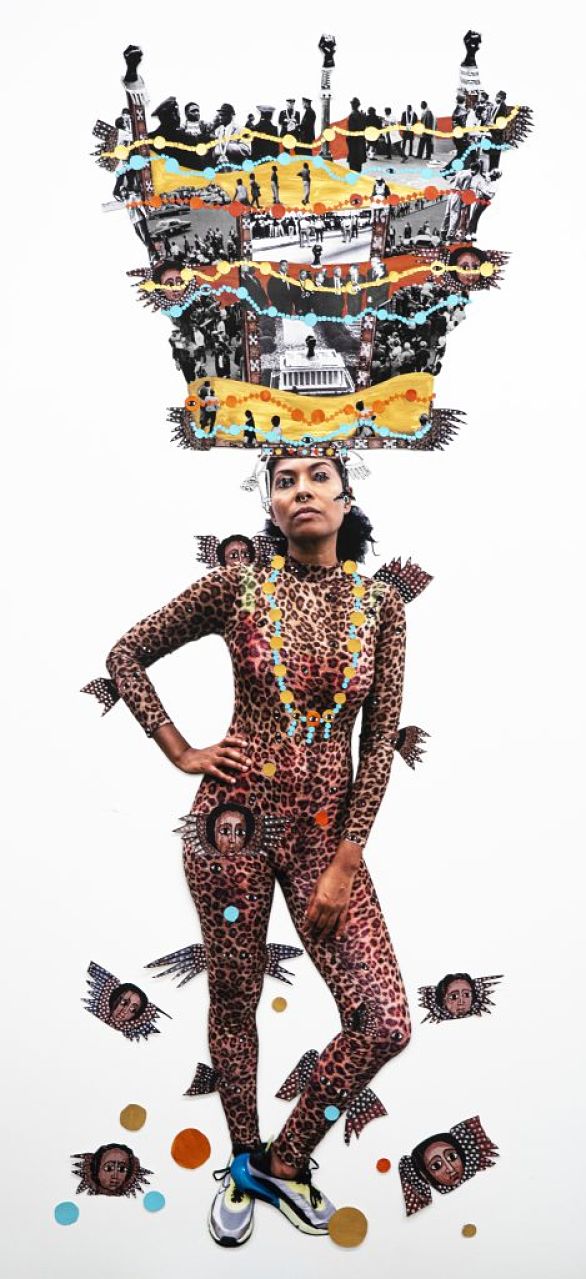 Helina Metaferia, Headdress 21 (2021). (Courtesy of the artist)
Helina Metaferia, Headdress 21 (2021). (Courtesy of the artist)





